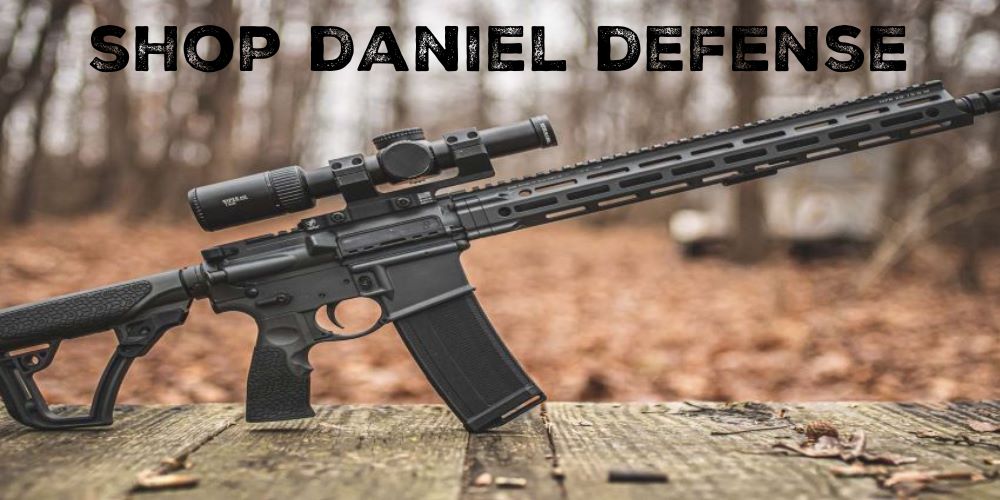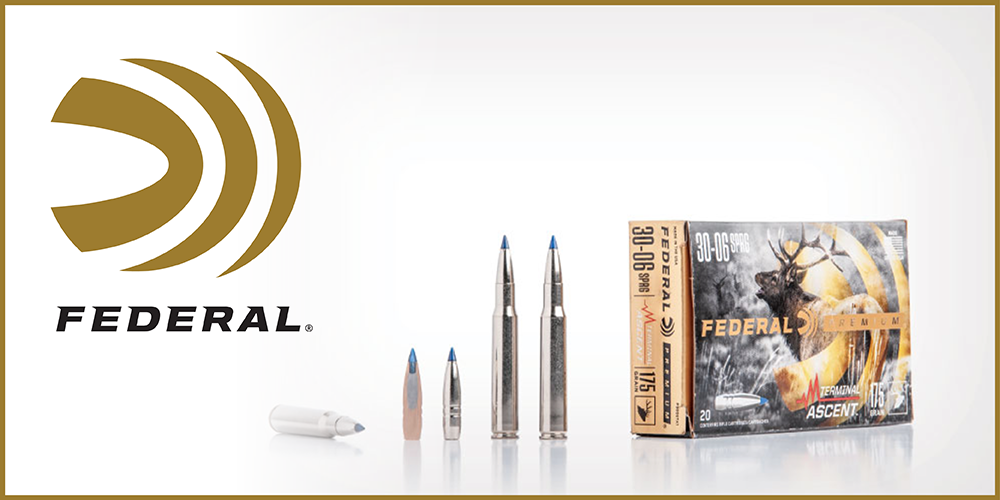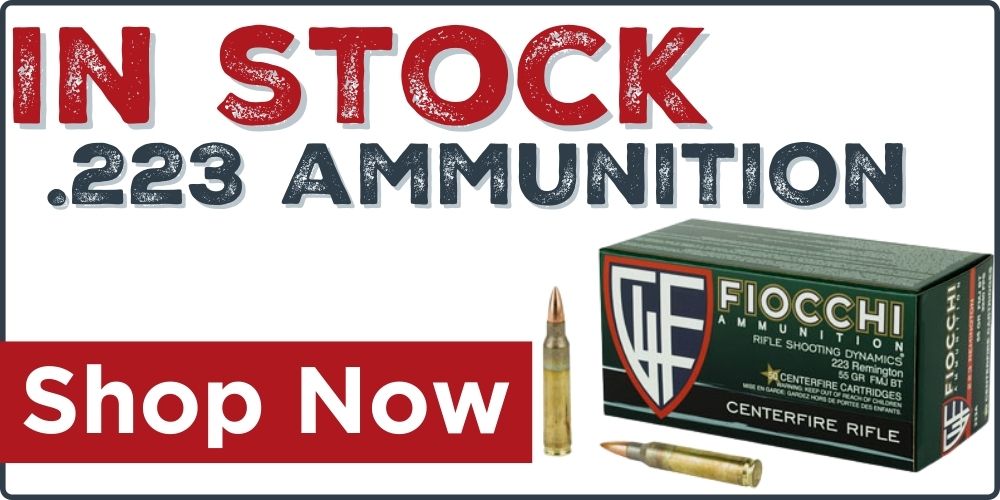First Focal Plane Scopes – What you Need to Know
Scopes are of course one of the most common types of rifle optics available and have applications across platforms. From precision rifle shooting at extreme ranges to defensive applications with a low-powered variable optic (LPVO), there is a scope for every need. Understandably, many debates about what makes for the best scope exist. From things like whether it should be MOA or MRAD, Illuminated vs. Nonilluminated, exposed vs. covered turrets, and of course, which brand is best. Today, we’ll be addressing what a first focal plane scope is, and what its most popular applications are!
What makes a scope first or second focal plane is where the reticle is placed. The reticle is either placed on the first or second focal plane, and the major difference to understand is how the reticle behaves based on where it is located. A first focal plane reticle will adjust in size with magnification, while a second focal plane reticle remains static in size, no matter the adjusted magnification.
As the reticle changes in size on a first focal plane vs second focal plane reticles remaining unchanged, FFP scopes are typically preferred by long-range shooters. This is because as the reticle changes in size, the hash marks inside the reticle pattern do not change their units of measure. Essentially, no matter how high of a power the scope is set to, the hashes will still represent the same value and require no on-the-fly mathematics to determine how far to hold over.
Some important notes on FFP scopes:
- A con to FFP is at low magnification, your reticle is very small and might not be seen as quickly when acquiring your target in your scope
- The counter to this is illuminated reticles to counter the chance of losing your reticle in the field of view inside your scope
- FFP is good for long-distance shots and if you must do quick follow-up shots as well as the hash marks are the same measurements no matter your magnification.
- Con to the changing reticle magnification is the reticle grows with the picture and usually gets a little more detailed, which in turn, takes up more space in your field of view
- For this to not take up a lot of room, at low power the reticles are very small/thin. Illumination needed more because of this
Competition Use: First Focal Plane
For competitive shooting, such as 3-Gun and PRS (precision rifle series), we find that first focal plane scopes are the most popular option. However, as stated above, an illuminated optic is typically best to overcome the thinner reticle that will be experienced at a lower power. For 3-Gun, a low powered variable optic (LPVO) is the most common first focal plane scope you’ll find in use.
Here’s why:
- If you think you have multiple targets, or targets you might need more than one shot
- you can use a certain magnification that could cover a good view on all targets and still be able to use your drop reticles without doing the math on the spot
- This will save you time vs. SFP scopes to not have to adjust your magnification while shooting or need to stop to adjust your turrets
- You do need to know your ballistic hold-over measurements
- Con would be for the close-range targets, the reticle tends to be smaller or thinner as previously stated, so look for an illuminated optic to help with that and for different time of day usage
Finding the Right Scope for You
Like everything else in the world of firearms – it’s essential to understand the purpose of your tool prior to its selection. To best find a scope for your particular needs and application, work with the experts at Frontier Justice today! Interested in learning more about the different types of scopes? Check out our blog on First Focal Plane vs Second Focal Plane Scopes! Visit us in store or chat with us online to find the perfect scope today!















